Description
hardware flow control. It is an ideal choice in the field of industrial automation.
We can perform simulation algorithms on Matlab.
3. The role of frequency converter
1. Frequency conversion energy saving
The energy saving of frequency converters is mainly reflected in the application of fans and water pumps. In order to ensure the reliability of production, various
production machines have a certain margin when they are designed to be equipped with power drives. When the motor cannot operate at full load, in addition to
meeting the power drive requirements, the excess torque increases the consumption of active power, resulting in a waste of electrical energy. The traditional speed
adjustment method for fans, pumps and other equipment is to adjust the air supply volume and water supply volume by adjusting the opening of the baffles and valves
at the inlet or outlet. The input power is large, and a large amount of energy is consumed in the interception process of the baffles and valves. middle. When using variable
frequency speed regulation, if the flow requirement is reduced, the requirement can be met by reducing the speed of the pump or fan.
The purpose of using a frequency converter for a motor is to regulate speed and reduce starting current. In order to produce variable voltage and frequency, the device first converts
the alternating current from the power supply into direct current (DC), a process called rectification. The scientific term for a device that converts direct current (DC) into alternating
current (AC) is “inverter”. Generally, an inverter converts DC power into an inverter power supply with a certain fixed frequency and voltage. The inverter with adjustable frequency and
adjustable voltage is called a frequency converter. The waveform output by the frequency converter is a simulated sine wave, which is mainly used for speed regulation of three-phase
asynchronous motors, also called a variable frequency speed regulator. For variable frequency inverters that are mainly used in instrumentation and testing equipment and
have higher waveform requirements, the waveforms need to be sorted and can output standard sine waves, which are called variable frequency power supplies. Generally, the price
of variable frequency power supply is 15-20 times that of the inverter. Since the main device in the inverter equipment that produces changing voltage or frequency is called “inverter”,
the product itself is named “inverter”, that is: inverter.
Frequency conversion does not save power everywhere, and there are many occasions where using frequency conversion does not necessarily save power. As an electronic circuit,
the frequency converter itself also consumes power (about 3-5% of the rated power). A 1.5-horsepower air conditioner consumes 20-30W of electricity, which is equivalent to a
continuous light. It is a fact that the inverter runs at power frequency and has a power-saving function. But his prerequisite is:
Excitation system ABB module 3HAC15661-7
Excitation system ABB module 3HAC15661-2
Excitation system ABB module 3HAC15625-6
Excitation system ABB module 3HAC15625-5
Excitation system ABB module 3HAC15625-2
Excitation system ABB module 3HAC15607-1
Excitation system ABB module 3HAC15571-3
Excitation system ABB module 3HAC15571-2
Excitation system ABB module 3HAC15534-1
Excitation system ABB module 3HAC15495-1
Excitation system ABB module 3HAC15492-1
Excitation system ABB module 3HAC15443-1
Excitation system ABB module 3HAC15433-1
Excitation system ABB module 3HAC15423-1
Excitation system ABB module 3HAC15389-1
Excitation system ABB module 3HAC15385-1
Excitation system ABB module 3HAC15377-1
Excitation system ABB module 3HAC1537-1
Excitation system ABB module 3HAC15365-1
Excitation system ABB module 3HAC1535-1
Excitation system ABB module 3HAC15309-2
Excitation system ABB module 3HAC15158-3
Excitation system ABB module 3HAC15038-1
Excitation system ABB module 3HAC14959-5
Excitation system ABB module 3HAC14947-1
Excitation system ABB module 3HAC14819-1
Excitation system ABB module 3HAC14691-1
Excitation system ABB module 3HAC14682-2
Excitation system ABB module 3HAC14682-1
Excitation system ABB module 3HAC14673-2
Excitation system ABB module 3HAC1466-2
Excitation system ABB module 3HAC14659-2
Excitation system ABB module 3HAC14551-2
Excitation system ABB module 3HAC14550-4/04B
Excitation system ABB module 3HAC14550-2/09A
Excitation system ABB module 3HAC14550-2/09A
Excitation system ABB module 3HAC14550-2/03A
Excitation system ABB module 3HAC14549-3
Excitation system ABB module 3HAC14549-1/11A
Excitation system ABB module 3HAC14546-4
Excitation system ABB module 3HAC14546-3
Excitation system ABB module 3HAC14546-1
Excitation system ABB module 3HAC14506-1
Excitation system ABB module 3HAC14406-1
Excitation system ABB module 3HAC14279-1
Excitation system ABB module 3HAC14279-1
Excitation system ABB module 3HAC14265-1
Excitation system ABB module 3HAC14265-1
Excitation system ABB module 3HAC14230-2
Excitation system ABB module 3HAC14214-1
Excitation system ABB module 3HAC14200-1
Excitation system ABB module 3HAC14171-1
Excitation system ABB module 3HAC14139-1
Excitation system ABB module 3HAC14053-1
Excitation system ABB module 3HAC14046-1
Excitation system ABB module 3HAC14004-1
Excitation system ABB module 3HAC14003-1
Excitation system ABB module 3HAC14002-1
Excitation system ABB module 3HAC14001-1
Excitation system ABB module 3HAC14000-6
Excitation system ABB module 3HAC14000-5
Excitation system ABB module 3HAC14000-4
Excitation system ABB module 3HAC14000-3
Excitation system ABB module 3HAC14000-2
Excitation system ABB module 3HAC14000-1
Excitation system ABB module 3HAC13998-1
Excitation system ABB module 3HAC13997-1
Excitation system ABB module 3HAC13996-2
Excitation system ABB module 3HAC13985-1
Excitation system ABB module 3HAC13960-2
Excitation system ABB module 3HAC13945-1
Excitation system ABB module 3HAC13944-1
Excitation system ABB module 3HAC13908-1
Excitation system ABB module 3HAC13863-1
Excitation system ABB module 3HAC13788-1
Excitation system ABB module 3HAC13666-1
Excitation system ABB module 3HAC1358-1
Excitation system ABB module 3HAC13441-2
Excitation system ABB module 3HAC13389-2
Excitation system ABB module 3HAC13387-1
Excitation system ABB module 3HAC13335-1
Excitation system ABB module 3HAC1317-1
Excitation system ABB module 3HAC13063-6
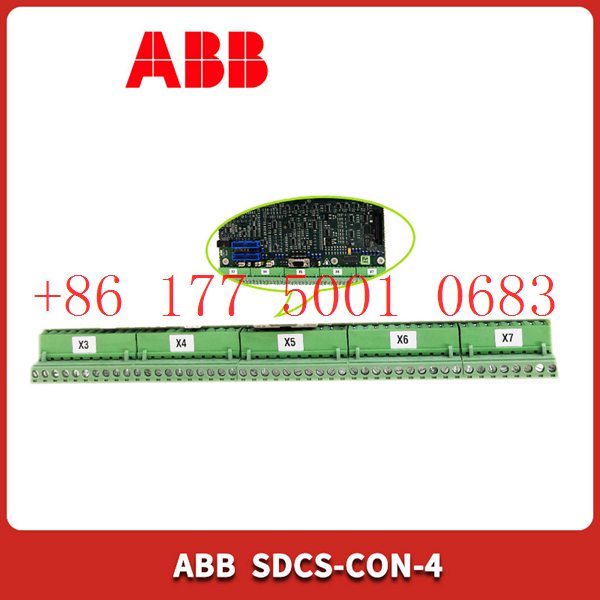
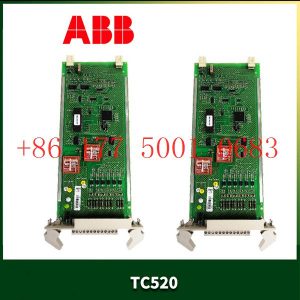
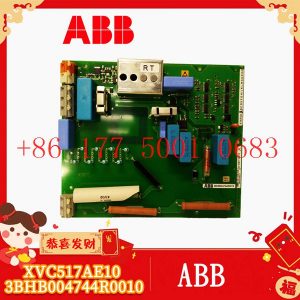
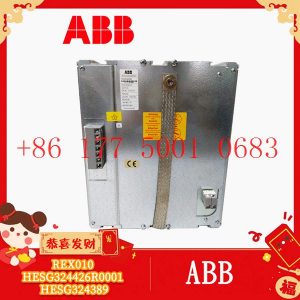
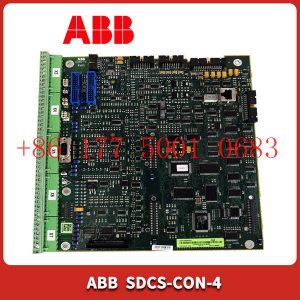


Reviews
There are no reviews yet.